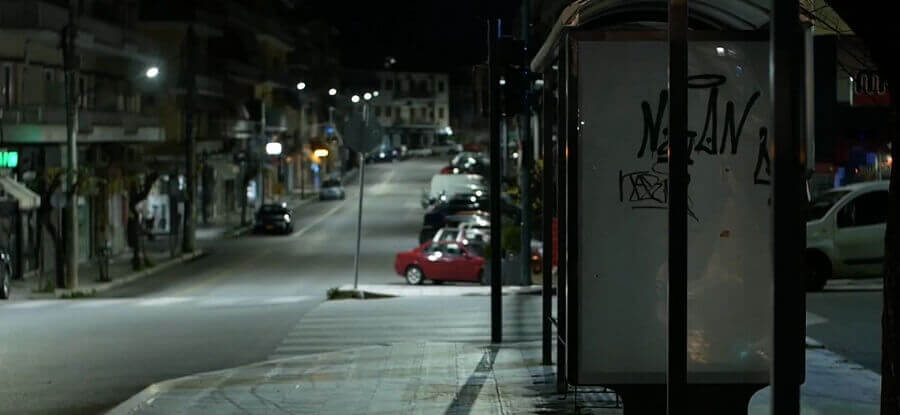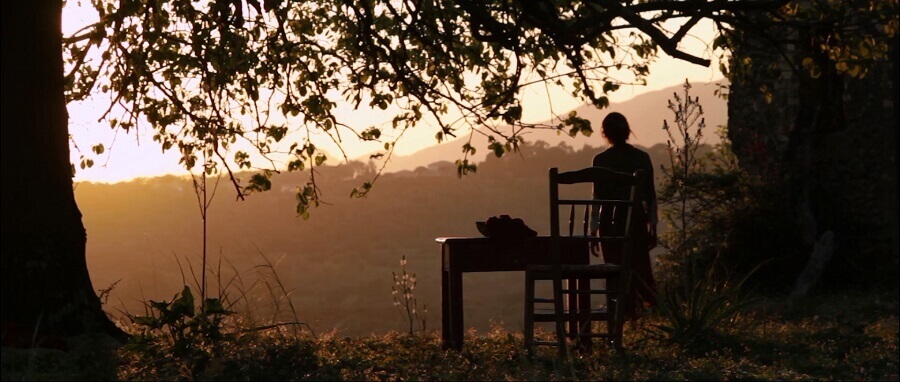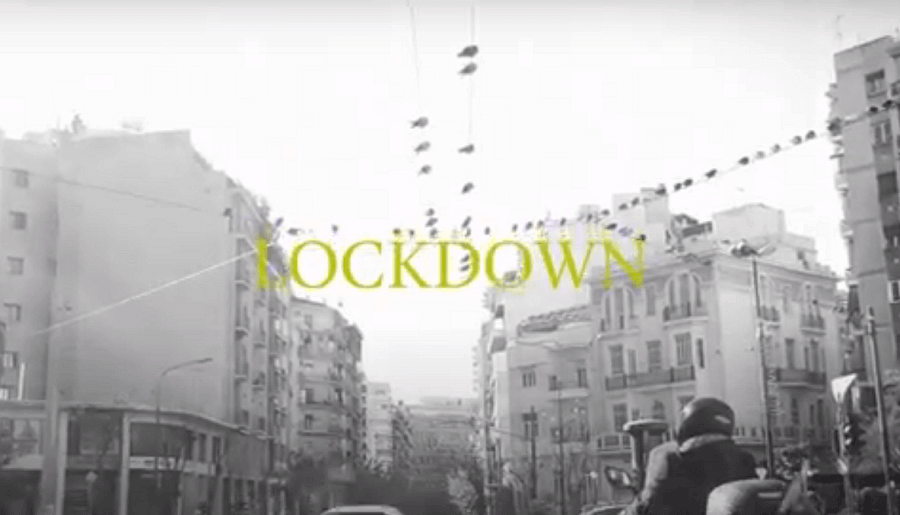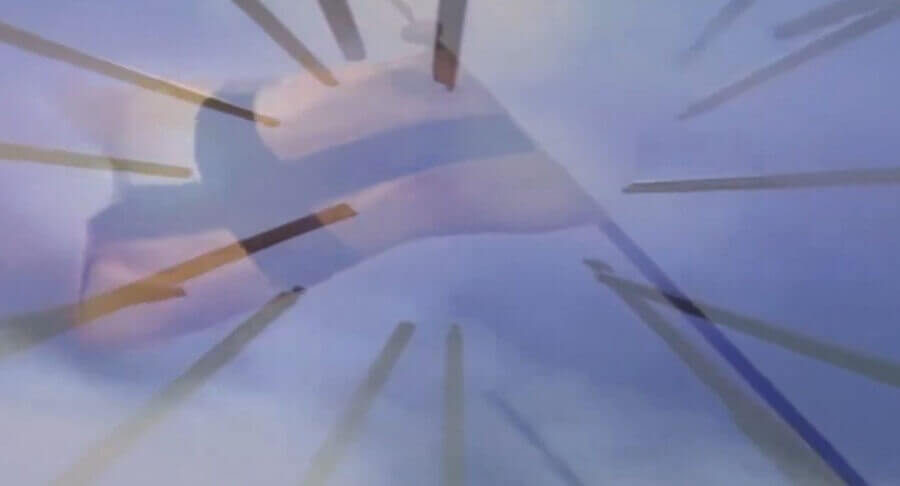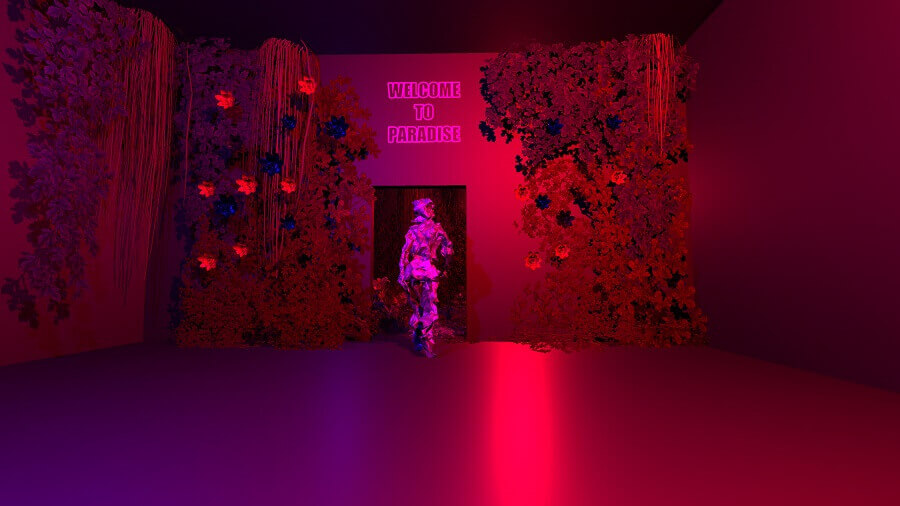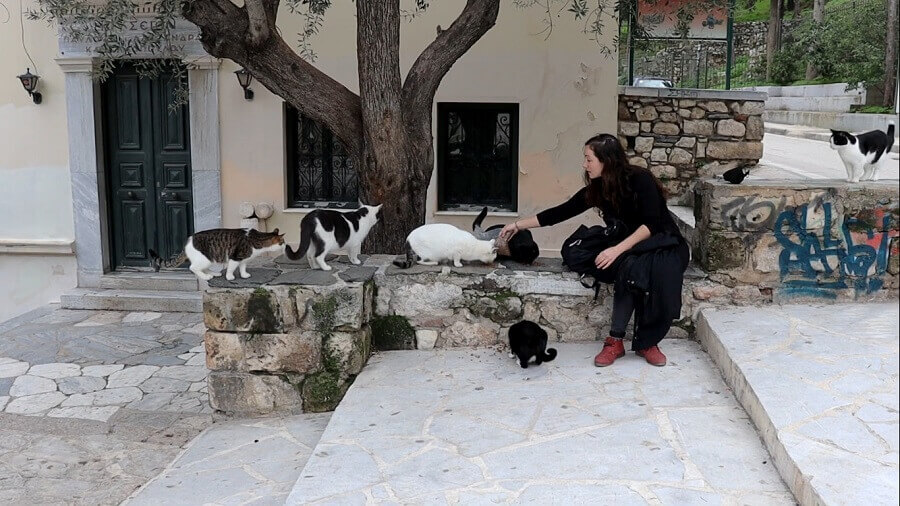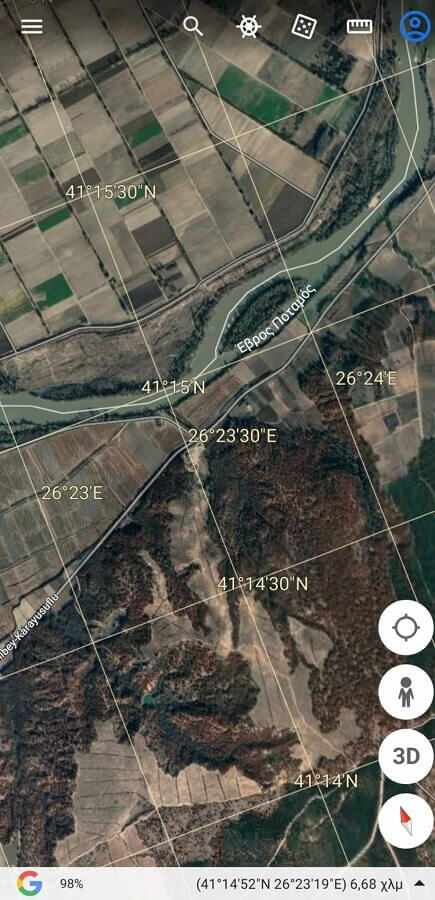The Last One Never Laughs
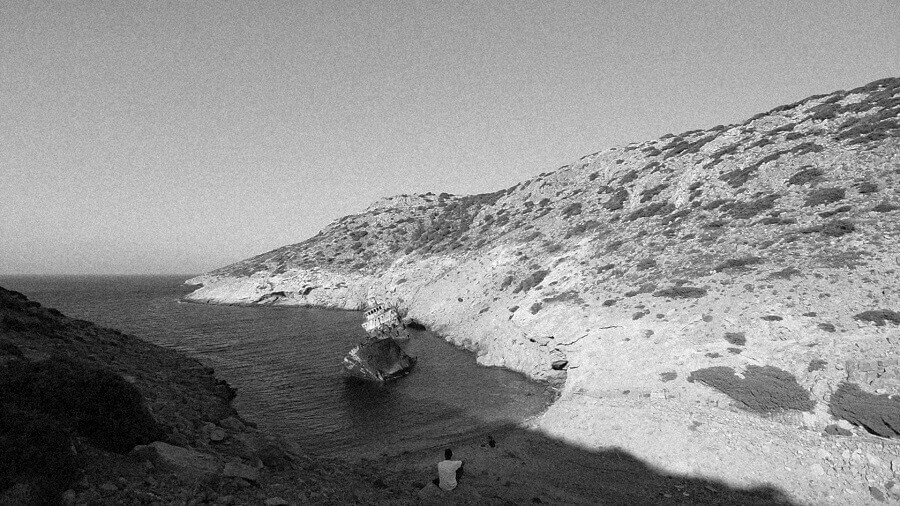
A journalist, who has lost his identity, visits an uncanny land, in which the smile is banned by law. He feels lost in its dystopia, consisted of self-destructive people, who deplore the smile. He gains many personal experiences that make him unaware of his aim and his human state as well. Will he eventually be able to find a way out?
Stratis Alvanos, Theodosis Giannoulis, Emmanouil Kouphakes, Ioanna-Anastasia Fakinou, Dimitris Liapis, Mary Apostolidou, Christos Giannoulis, Diana Cherkasova
Related Works
In the realm of acoustic hyper-reality we meet aural simulacra of the order of maleficence. These are signals that mask and denature a profound acoustic reality. They are referential and representational, but in a way that they dissimulate reality and become its twisted Doppelgängers. Simulacra of the order of maleficence are perversions of reality. With the sound artwork ‘Natural Perversion’ Through a set of sonic processes the artist delves into autogenerative, autopoietic, responsive and biomimetic modes of creation exploring how the original naturally produced audio signal can be transformed into a sonic caricature and depending on the way it balances between its signifier and its signified aspect, it may re-interpret naturally produced concrete audible events into a musical language which serves both the acousmatic and the non-cochlear approaches to contemporary sound art.
The film refers to the pandemic crisis of covid-19 in the country, after the enforcement of the restriction measures. It observes the everyday life of the town centre of Corfu. It includes the randomness of recording the reality, the contradictions and the paradox of it. It attempts to render the suffocating atmosphere, that has a huge impact on the everyday life and the psychology of the people.
Aynadamar: An important place as far back as when the Arabs were in the area. The whole region of Andalusia was supplied with water through that spring, reaching as far as Madrid. Several years later, the poet and playwright Federico Garcia Lorca is taken there to be executed. His work in turn supplied the whole Spain and spread to the rest of the world. The documentary intertwines significant events of his life with dramatised excerpts from his work, aiming at achieving Duende (as Lorca used to say), the quintessence of all things.
This video was created as part of the work for the art class of technical images. It was named lock down as it takes place during the second quarantine and shows two parallel lives of people and how each of them experiences their confinement. The idea, the shots and the editing are by Markella Floka and the music was entirely edited by Dimitris Pantelis.
The present postgraduate thesis was prepared in the context of the completion of the postgraduate program of the Department of Sound and Visual Arts of the Ionian University.
The study of the subject will be the facts and data on the occasion of the completion of 200 years since the Greek Revolution.
The present work aims to enrich the theoretical framework of study. Its structure is based on data that I have collected (rare photographic material, letters, etc.), from the Public Archives of the State, the Kapodistrias Museum and the Reading Company.
The title of this artwork is "Where Do I Exist?". This is a virtual space that explores the relationship between reality and virtual reality. Moreover, it the result of a pandemic society that tends to communicate through social media. It is the impression of our lifes into a virtual world, free from our body and the stereotypes it might follows it. Could we be free from our body and ideas such as gender identity and death? What is the meaning of touch into an immaterial world? Anyone can be part of this artwork with a twitter hashtag of the word #immaterial.
The portrait of Dimitra Samara, a talented dress designer, who decided to pursue her dream only a few years ago. A great misfortune in her life brought her closer to her dreams. The only way to overcome her shock was to escape through her passion. So, through a voice-over narration and the creation of a dress, from scratch to its final form, we follow a parallel evolution: That of the red dress and of her own self.
Α video art piece with performance and art installation elements in public space.

